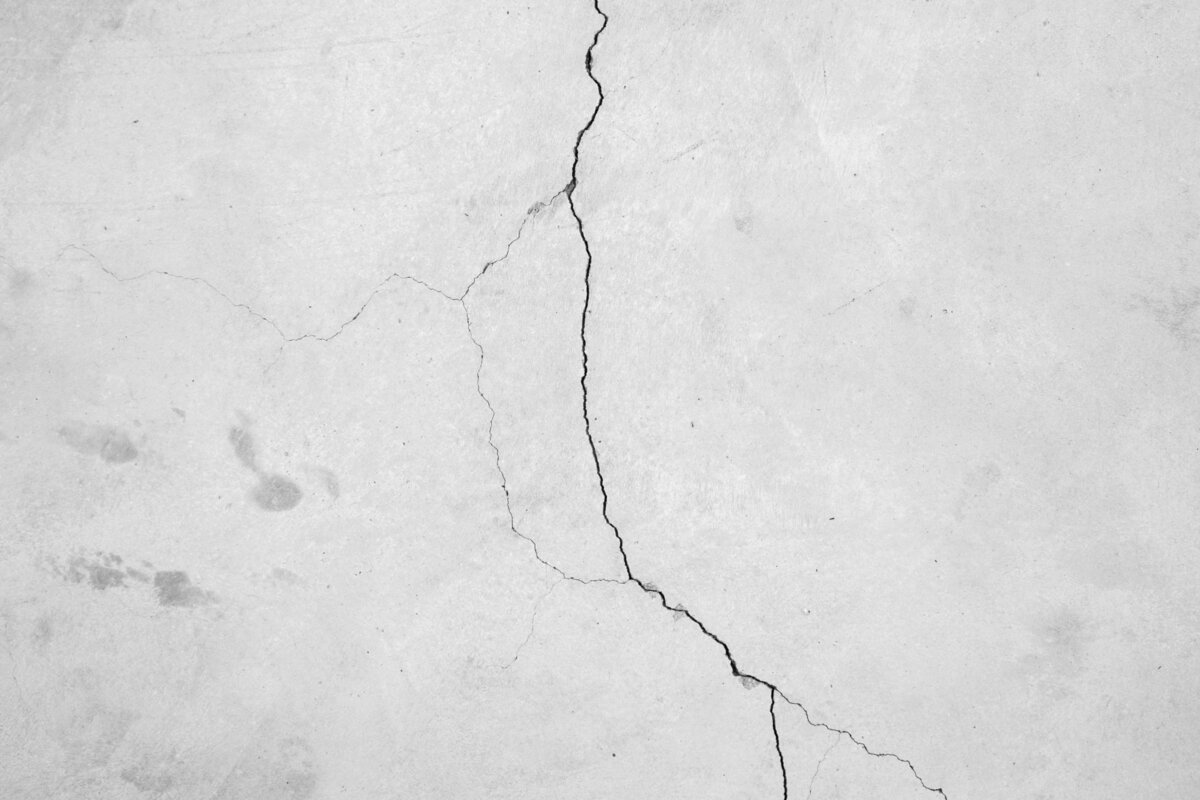The unsettling sight of a wall crack often brings a surge of questions and concerns regarding the stability and safety of a home. While some fissures are superficial and can be easily remedied, understanding when a wall crack beyond repair can be a pivotal knowledge-point in safeguarding a structure’s integrity. This article aims to navigate through various types of wall cracks, emphasizing the warning signs that a crack is not just surface-level damage but potentially an indicator of a deeper, more serious structural issue.
Identifying Harmless Cracks from Hazardous Ones
Cosmetic and Superficial Cracks
In many instances, a crack in the wall is often harmless and primarily a cosmetic issue, usually caused by minor settling, sudden impacts, or environmental changes. These are typically thin, do not show progression, and don’t affect the overall stability of the structure, thus, being far from being categorized as beyond repair.
Serious Wall Cracks
However, not all wall cracks should be dismissed as mere aesthetic concerns. Recognizing when a wall crack is beyond repair involves identifying specific characteristics that might indicate potential structural damage. These may include:
- Horizontal or diagonal cracks
- Cracks that are wide (wider than 1/8 inch)
- Cracks that are expanding over time
- Cracks accompanied by a bowing wall
- The presence of moisture or mold around the crack
When you witness these signs, seeking a professional’s opinion becomes imperative to evaluate the structural integrity and identify if the issue has surpassed mere repair capabilities.
Common Causes of Severe Wall Cracks
External Pressure and Foundation Settlement
One of the chief culprits of severe wall damage is often related to external pressure and significant foundation settlement. Factors such as soil expansion, excessive moisture, or even a shift in the ground can impose a level of stress on the walls that eventually manifest as cracks. Understanding the causality can be crucial in identifying whether the crack indicates a situation that is beyond a straightforward fix.
Material Degradation and Age
With time, the materials that make up your wall, whether it’s plaster, drywall, or masonry, undergo natural degradation. Age-induced wear and tear can develop into cracks, which may, in certain instances, be beyond repair, particularly when they jeopardize the stability of the wall or are symptomatic of pervasive material failure.
The Dilemma: Repair or Reconstruct?
Evaluating Repair Options
In some instances, even a severe-looking wall crack might be repairable, provided it is not symptomatic of deeper structural issues. Utilizing various fix methods, such as epoxy injections or utilizing supports, can sometimes restore the aesthetic and functional aspects of the wall.
When Rebuilding is the Only Option
Therein lies the paramount question: When is a wall crack beyond repair? If a professional inspection unveils that the crack is a symptom of profound structural issues, continuous ground movement, or irreversible material degradation, then patching up may only serve as a temporary and potentially unsafe solution. Here, the only viable option might be to reconstruct the damaged portion (or entirety) of the wall to ensure long-term safety and stability.
Conclusion
In unraveling the complex narrative of wall cracks, the pivotal understanding rests in recognizing the signs and underlying causes that may dictate when a crack is beyond simple repair interventions. The link between structural safety and aesthetic upkeep plays a vital role in determining whether a crack can be mended or if it necessitates more drastic measures like reconstruction.
If you have any questions, please do not hesitate to contact us — our team of experts is here to assist you with solutions tailored to your specific needs.

